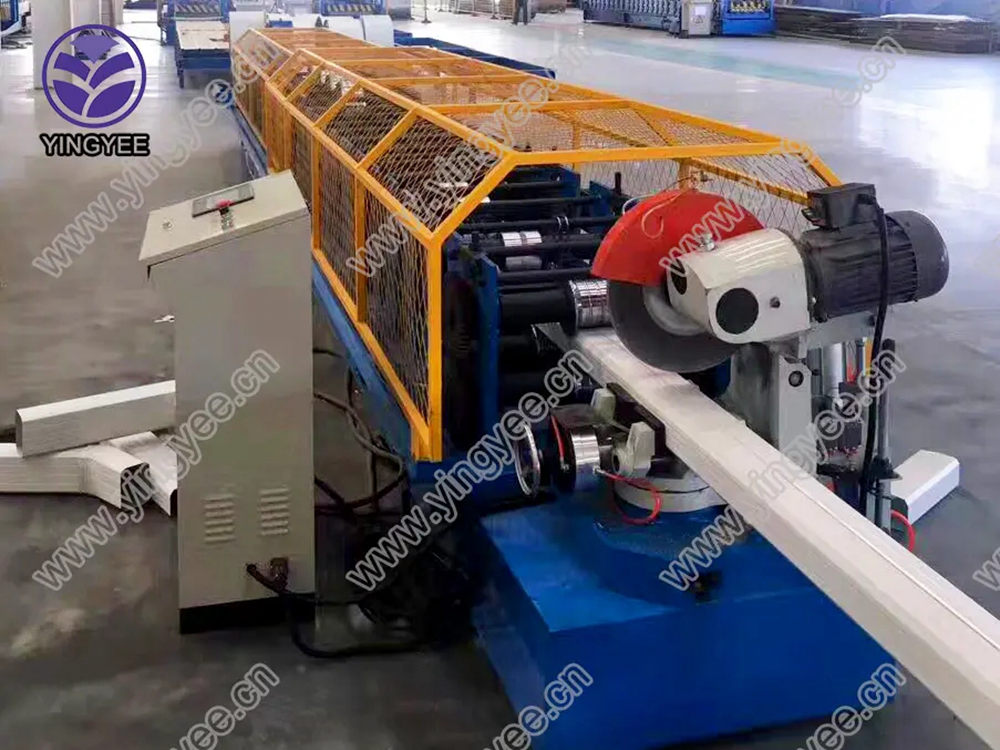
The Role of Acoustical Barriers and Cold Bending Machines in Noise Control
In our modern world, noise pollution is an increasingly pressing concern, especially in urban areas where heavy traffic, construction, and industrial activities create disruptive sound levels. This is where acoustical barriers play a crucial role in mitigating noise pollution. These barriers, designed to block or absorb sound waves, help improve the quality of life for residents in noisy environments. To effectively produce these barriers, advanced manufacturing techniques, such as cold bending machines, are essential.
Understanding Acoustical Barriers
Acoustical barriers are structures built to reduce the transmission of sound from one area to another. They can be made from various materials, including concrete, wood, or specialized composites, and are often seen lining highways and near industrial sites. The effectiveness of these barriers depends on their height, material density, and design.
The primary function of an acoustical barrier is to provide a physical obstruction that sound waves cannot easily penetrate. This is achieved through two main principles reflection and absorption. Reflection involves bouncing sound waves away from their source, while absorption focuses on minimizing the energy of those waves, thereby reducing their intensity. An effective acoustical barrier can significantly lower noise levels, enhancing comfort and tranquility in residential and commercial spaces.
The Importance of Cold Bending Machines
The manufacturing process for acoustical barriers often requires precision and adaptability, especially when creating complex geometries that complement the surrounding environment. This is where cold bending machines come into play. Cold bending is a technique that allows materials to be shaped without the application of heat, making it ideal for crafting durable, lightweight, and aesthetically pleasing barrier panels.
Cold bending machines offer numerous advantages, including increased production efficiency and reduced risk of material deformation. Unlike traditional bending methods, where heat can weaken the material or lead to unwanted stress points, cold bending maintains the structural integrity of the materials being used. This is vital when dealing with materials that need to withstand the test of time and the elements.

Moreover, modern cold bending machines are equipped with advanced technologies that allow for precise control over the bending process. This means manufacturers can create complex profiles with consistent quality, which is crucial for the performance of acoustical barriers. These machines can accommodate various materials, including metal, plastic, and composite materials, allowing for greater flexibility in design and application.
Applications of Acoustical Barriers
Acoustical barriers are found in many settings. Along highways, they help shield nearby communities from the noise of passing vehicles. In industrial facilities, they serve to protect workers and neighboring businesses from disruptive sounds produced by machinery and equipment. Furthermore, in urban development projects, these barriers contribute to creating peaceful parks and recreational areas by blocking noise from surrounding streets.
In residential applications, acoustical barriers have been increasingly used in home construction to create serene environments away from the hustle and bustle of city life. These barriers can be integrated into fences, walls, and landscaping elements, providing effective sound insulation while maintaining an attractive appearance.
The Future of Acoustical Barriers and Cold Bending Technology
As urban areas continue to expand, the demand for effective noise management solutions will only grow. This presents an opportunity for ongoing innovation in both acoustical barrier design and the technologies used to manufacture them. The integration of smart materials and advanced manufacturing processes promises to enhance the performance of acoustical barriers, while cold bending machines will continue to play a vital role in their production.
In conclusion, acoustical barriers are essential in addressing noise pollution, and cold bending machines are integral to their manufacturing. Together, they contribute to creating quieter, more pleasant environments, improving our quality of life in an increasingly noisy world. With continued advancements in technology, the future of acoustical barriers looks promising, paving the way for healthier, more sustainable urban spaces.